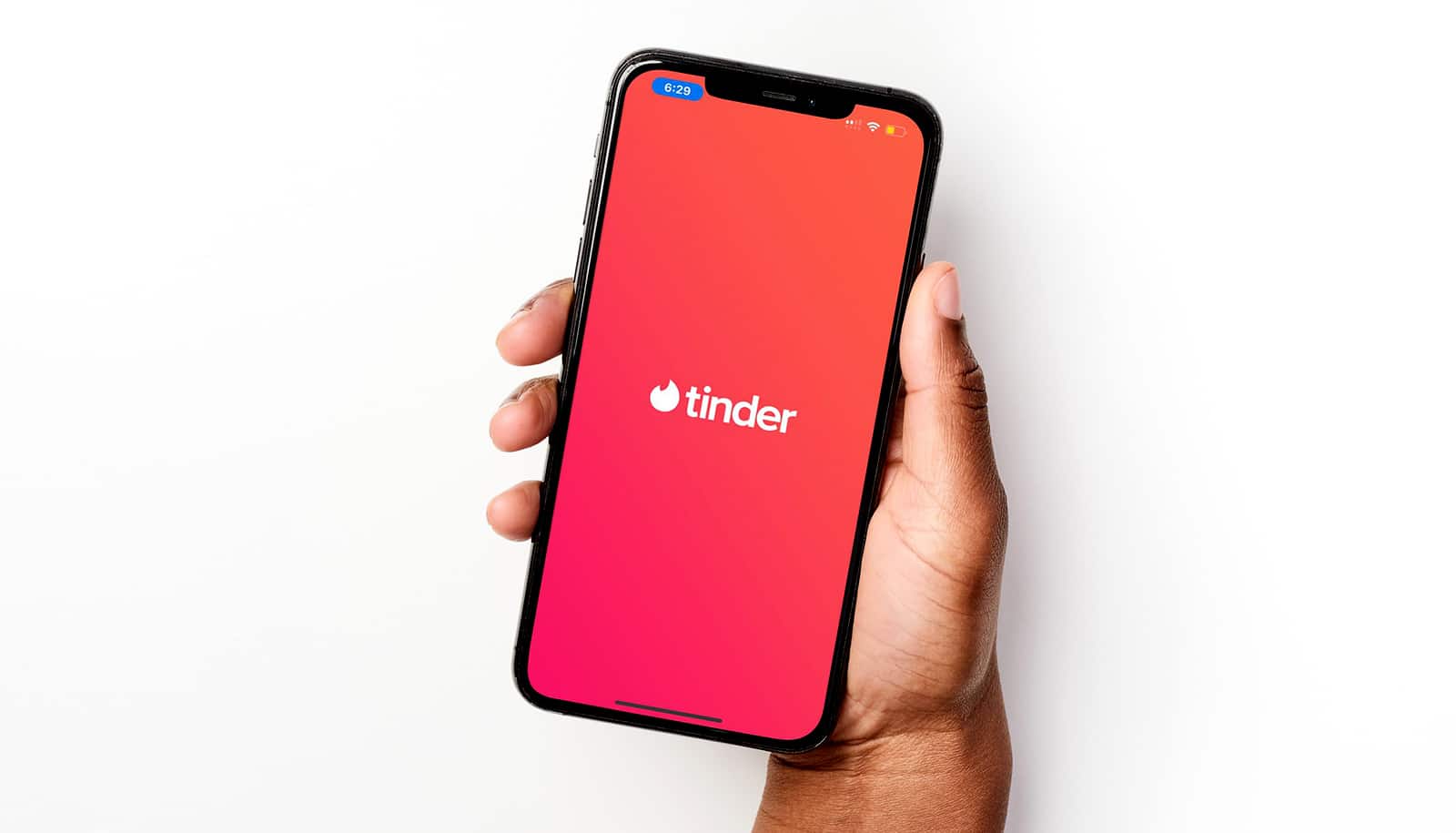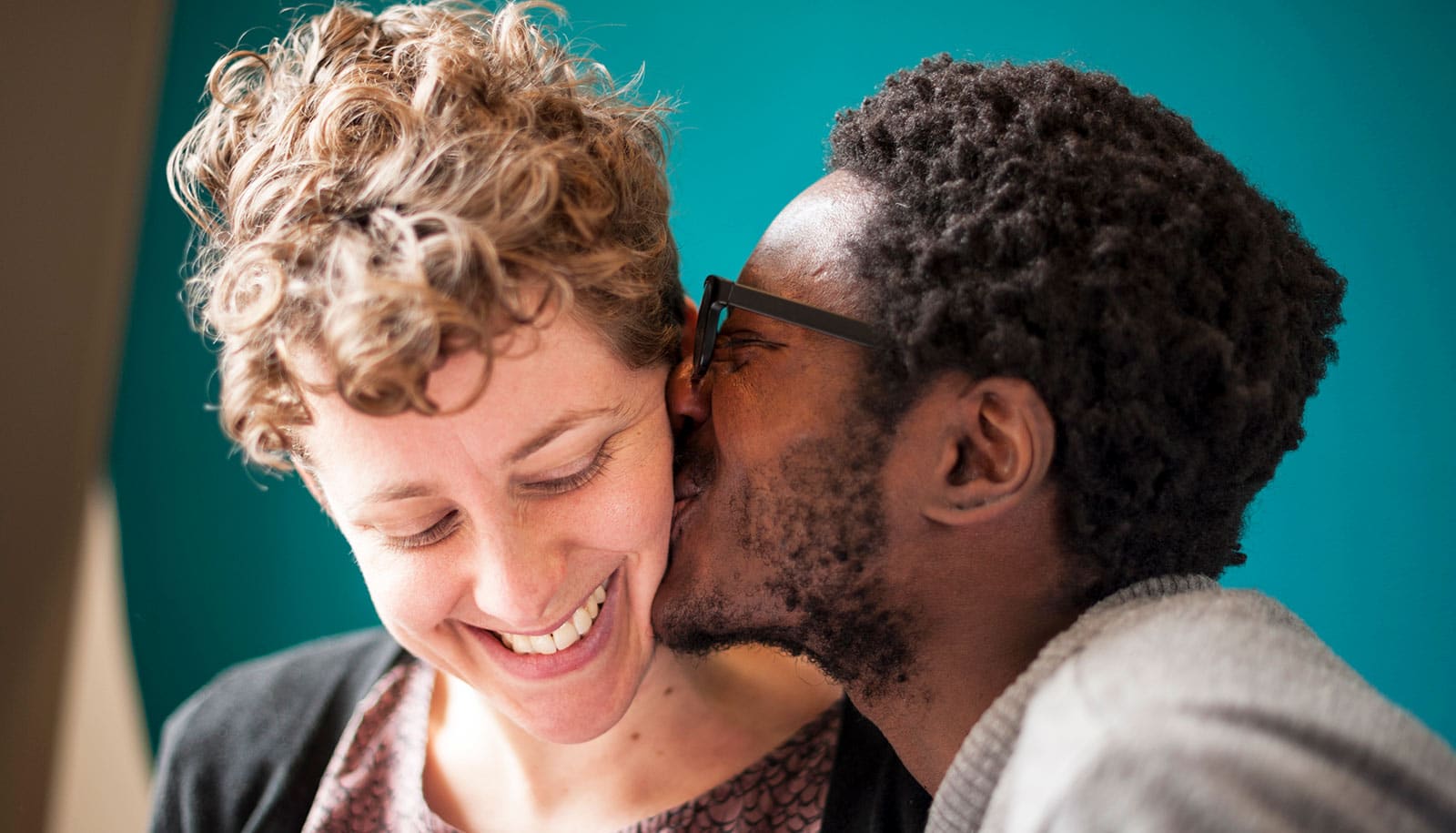A few strategic changes to dating apps could lead to more and better matches, research finds.
For couples in the US, meeting online is the most common first step toward coupledom. The internet officially edged out friends as the most effective matchmaker for straight Americans almost a decade ago—and for same-sex couples, several years before that.
In two recent papers, Daniela Saban, an associate professor of operations, information, and technology at Stanford Graduate School of Business, investigates how design choices on dating apps affect their users’ success connecting with potential partners. Overall, her research provides some clear feedback for digital matchmakers and shows that while algorithms may not be quite the same as the old-fashioned meet-cute, they still have a lot of influence over where Cupid’s arrow lands.
Dating app algorithms
In her first paper, cowritten with Yash Kanoria of Columbia Business School, Saban examines the impact of the rules that govern dating sites—such as who is allowed to initiate communication and how much information people’s profiles display. The paper appears in Management Science.
“If you look at the most popular dating apps, there are some differences,” Saban says. “For example, on Tinder, everyone can make a move—while on Bumble, women make the first move.” The study’s findings indicate that when the users in the minority group (women, in the case of heterosexual users of dating apps) are the only ones allowed to make the first move, the users in the majority group (men) actually benefit. What’s more, all users benefit when information about a user’s “quality” is hidden from profiles.
For the other paper, available on SSRN, Saban collaborated with Fanyin Zheng of Columbia Business School and Ignacio Rios of the University of Texas at Dallas. The researchers partnered with a major US dating platform, redesigning its algorithm for selecting which profiles to display on users’ apps. They found that their algorithm yielded almost 30% more matches than the app’s standard algorithm.
Saban notes that, given the number of people actively using dating apps and the significance of the life events that can flow from an online connection, even slight enhancements to the process can mean big benefits for users looking for better matches.
“I just look at how many of my friends are currently in relationships that started from online dating—and I have a lot of them,” Saban says. “That tells me that this is an important problem that has a lot of impact on people’s lives and that if we can improve these apps even a little, we can have a lot of real-world impact.”
Tinder vs. Bumble
In their paper, Saban and Kanoria designed a model to simulate how people behave on dating platforms. It considers two main features of these apps’ dynamics: First, it assumes that there may be a difference in the number of users from one group seeking members from another group. (In heterosexual online dating pools, for example, there are usually more men seeking women than vice versa.)
It also takes into account that dating sites do their best to score users on “quality”—their perceived desirability based on, in the case of Tinder’s phased-out Elo rating system, how many people swiped right to indicate they liked a particular user. Job-matching sites like TaskRabbit and Upwork use similar methods to rate gig seekers. Yet unlike Upwork, which displays users’ job success rate prominently, dating sites typically don’t reveal this score to users, and the researchers’ model explores how outcomes might change if they did.
Their model showed that when those on the more plentiful side of the dating pool (i.e., men) are blocked from initiating contact with the less plentiful side (women), they face less rejection and become slightly more selective about whom they choose to message. This is a boon for men across the board because it means other men on the app find the availability of their options increase and can hope to obtain a better match. (The first-move rule does not have much, if any, effect on women’s success at finding matches.)
“Traditionally in dating markets, men have a harder time than women in the sense that they generally need to be more active to get the same number of matches,” Saban says. Bumble’s policy of only letting women initiate contact might seem like a downside for men. “If men already have a hard time, what’s going to happen if you’re not even allowing them to make the first move? Surprisingly, what our paper shows is that actually, this may be a good thing for men.”
What’s more, the model suggested that hiding the quality score from profiles is a good idea because it prevents users from holding out for “high-quality” prospects and ultimately leaving the site, somewhat arbitrarily, if they receive no response.
How to retool dating apps
For her other paper, Saban observed actual users of a popular dating platform. Users can only see a certain number of profiles per day on this particular app, no matter how many times they log in. (Most see three; some paid users see up to nine.) The platform agreed to pilot algorithms designed by the researchers that would retool the decision-making process around how its app selected the profiles shown to users.
In redesigning the algorithm, Saban, Zheng, and Rios drew on the app’s data to incorporate more personalized information about users’ preferences. They also considered how often people logged in, figuring that less active users’ profiles should appear less frequently on other users’ homepages.
Finally, and “perhaps least intuitive of all,” Saban says, they took stock of a user’s recent experience on the app. They noted that users are less apt to “like” another profile while enjoying high success in matching. Specifically, each additional match reduces the probability of a new like by 8 to 15%.
“It won’t make much sense to show a really good option to you—somebody I think you’ll really like—if you’re having a lot of success,” Saban says. “It might be better to save it for a time when you’re not as successful.”
The researchers’ algorithm proved more successful than the partner app’s method of selecting homepage profiles—boosting the number of matches by at least 27%.
“There’s typically a lot of emphasis on correctly estimating and understanding user preferences, and of course that’s of first-order importance. But our work shows there’s a lot of improvement that can be made to better understand how users’ decisions change based on their recent experience on the platform,” Saban says.
Based on the strength of the paper’s results, Saban, Zheng, and Rios are collaborating with their partner dating app to apply their algorithm to other markets. In the article, they add that their findings are also relevant to different types of online matching platforms, including those for freelance or task-based work, ride-sharing, and travel accommodations.
Still, Saban acknowledges, that doesn’t mean these changes are easy to integrate. “Correctly accounting not only for preferences but also for the experience that users are currently having on the platform—it’s difficult; I’m not going to lie,” she says. “Still, I think it’s worth it for users.”
Source: Katie Gilbert for Stanford University


